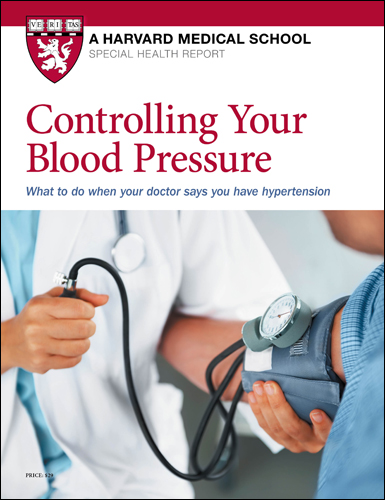

The Dietary Approaches to Stop Hypertension (DASH) diet is an eating plan based on eating plenty of fresh fruits and vegetables, and choosing lean proteins, low-fat dairy, beans, nuts, and vegetable oils, while limiting sweets and foods high in saturated fats.
A recent study published the American Journal of Preventive Medicine found that men and women younger than 75 who most closely followed the DASH diet had a significantly lower risk of heart failure compared to study participants who did not follow the DASH diet. Currently, about 5.7 million adults in the United States have heart failure, and about half of those who develop heart failure die within five years of diagnosis.
This latest study adds to established research linking the DASH diet with heart health. For example, the original DASH trial, published in the New England Journal of Medicine in 1997, found that the DASH diet reduced blood pressure in adults with borderline high blood pressure (hypertension). Importantly, the DASH trial represented a broad spectrum of men and women, including racial and ethnic minorities from a variety of socioeconomic levels.
In a second study, researchers added a low-sodium modification to the DASH diet. In this trial, participants following a DASH diet were randomized to receive 3,000, 2,300, or 1,500 milligrams (mg) of sodium per day. The study found that the low-sodium (1,500 mg/day) DASH diet was as effective for lowering blood pressure as a first-line blood pressure-lowering medication. This is significant because, according to the American Heart Association, an estimated 103 million adults in the United States have high blood pressure, defined as a reading of 130/80 mm Hg or greater.
These components seem to work synergistically to reduce risk factors for heart disease.
If you’d like to try the DASH diet, follow these guidelines, which are based on a 2,000 calorie per day diet.
| Food group | Daily servings | Examples of one serving |
| Whole grains | 6–8 | 1 slice bread; 1/2 cup cooked rice; pasta; 1 ounce dry cereal |
| Vegetables | 4–5 | 1 cup raw, leafy vegetables; 1/2 cup cooked vegetable |
| Fruit | 4–5 | 1 medium apple; 1 cup melon |
| Low-fat/fat-free dairy | 2–3 | 1 cup milk or yogurt; 1 1/2 ounces cheese |
| Lean meat, poultry, fish | 6 or less | 1 ounce cooked lean meat, fish, poultry; 1 egg |
| Nuts, legumes, seeds | 4–5 per week | 1/3 cup nuts; 2 tablespoons peanut butter; 1/2 cup cooked legumes |
| Fats and oils | 2–3 | 1 teaspoon healthy oil (olive); 2 tablespoons salad dressing |
| Sweets | 5 or less per week | 1 tablespoon sugar; 1 cup soda; 1/2 cup sorbet |
| Adapted from the National Heart, Lung, and Blood Institute, National Institutes of Health | ||
Here are some tips for incorporating the DASH diet throughout your day.
Fruits and vegetables
Dairy and whole grains
Healthy fats
Nuts, legumes, and seeds
Fish, poultry, or lean meat

Katherine D. McManus, MS, RD, LDN , Contributor
Kathy McManus is Director of the Department of Nutrition and Director of the Dietetic Internship at the Brigham and Women’s Hospital, a teaching affiliate of Harvard Medical School in Boston. In addition, she serves as the … See Full Bio
Share This Page Share this page to Facebook Print This Page Click to PrintAs a service to our readers, Harvard Health Publishing provides access to our library of archived content. Please note the date of last review or update on all articles.
No content on this site, regardless of date, should ever be used as a substitute for direct medical advice from your doctor or other qualified clinician.
Helping children make friends: What parents can do
Want to stop harmful drinking? AA versus SMART Recovery
Mpox is back: What to know and do
How well do you score on brain health?
When should your teen or tween start using skin products?
How — and why — to fit more fiber and fermented food into your meals
Protect your skin during heat waves — here's how
Respiratory health harms often follow flooding: Taking these steps can help
Want to cool down? 14 ideas to try
A fresh look at risks for developing young-onset dementia
You might also be interested in…

An alarming one in three American adults has high blood pressure. Known medically as hypertension, many people don't even know they have it, because high blood pressure has no symptoms or warning signs. But when elevated blood pressure is accompanied by abnormal cholesterol and blood sugar levels, the damage to your arteries, kidneys, and heart accelerates exponentially. Fortunately, high blood pressure is easy to detect and treat. In the Special Health Report, Controlling Your Blood Pressure, find out how to keep blood pressure in a healthy range simply by making lifestyle changes, such as losing weight, increasing activity, and eating more healthfully.